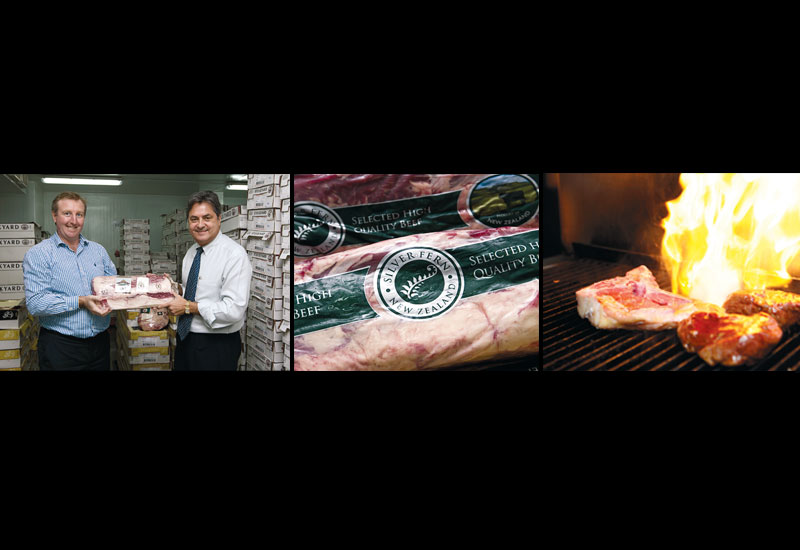“As an example, we have sourced a lamb supplier in New Zealand and are one of his largest consumers; this supplier provides us with consistency in quality and pricing that we are able to pass directly onto our customers in the Middle East throughout the year.”
Other suppliers note that the meat importing process can prove challenging in the Middle East, as Food Service Trading director Ashley Craven points out.
“Our biggest challenge is managing the different import regulations within the region,” he says, adding that implementing a GCC-wide standard for issues such as shelf life would help simplify the process for importers of meat products.
But logistical problems can also arise from issues that cannot be controlled, as JM Foods general manager Robert Mitchell explains.
“Already this year we have had to find a way around floods in Australia, harsh winter conditions in America and Northern Europe and halal certificate bans in Europe,” comments Mitchell.
Mitchell claims that logistics providers are one of the most important clogs in the supply chain.
“We cannot operate without them,” he admits. “Furthermore in addition to red meat, poultry and game we also have an extensive pork and ham range, which means we need special transport, storage and handling requirements as per municipality guidelines.”

Advertisement
The meat trend
In the face of the global economic downturn, meat suppliers have had to face up to new challenges in the Middle East market.
JM Foods’ Mitchell suggests that while the industry has taken a hit financially the demand for high-quality products remains.
“With less demand in the market, orders are naturally lower; however there remains demand for quality products,” he says.
“It is impossible to cut corners with quality and producers do their best to remain competitive.”
But Country Hill International’s McKerrow asserts: “While high-quality meat products like wagyu and grain-fed beef are still being consumed across the F&B market, we have experienced softer demand for these types of products.
“As a result, we have seen increased demand for more cost-effective alternatives, including high-quality secondary cuts and grass-fed beef.”
Cuisine Solutions’ Ragnav adds that food costs have become “one of the top concerns for establishments across the region”.
“They are realising that they need to balance their prices and labour to become profitable in this tough environment,” he says.
As the United States economy adjusts to the change, the country’s meat producers have been forced to think outside the box in their quest to provide quality, according to Food Service Trading’s Craven.
“The downturn in the USA has meant that suppliers have to provide new and innovative quality products that represent real value for money for the US domestic market,” he explains.
“We have the advantage of being able to provide these same product solutions here in the Middle East.”
The region’s chefs, meanwhile, remain positive that the lure of quality meat dishes will see continuing demand for such cuisine.









 Search our database of more than 2,700 industry companies
Search our database of more than 2,700 industry companies









